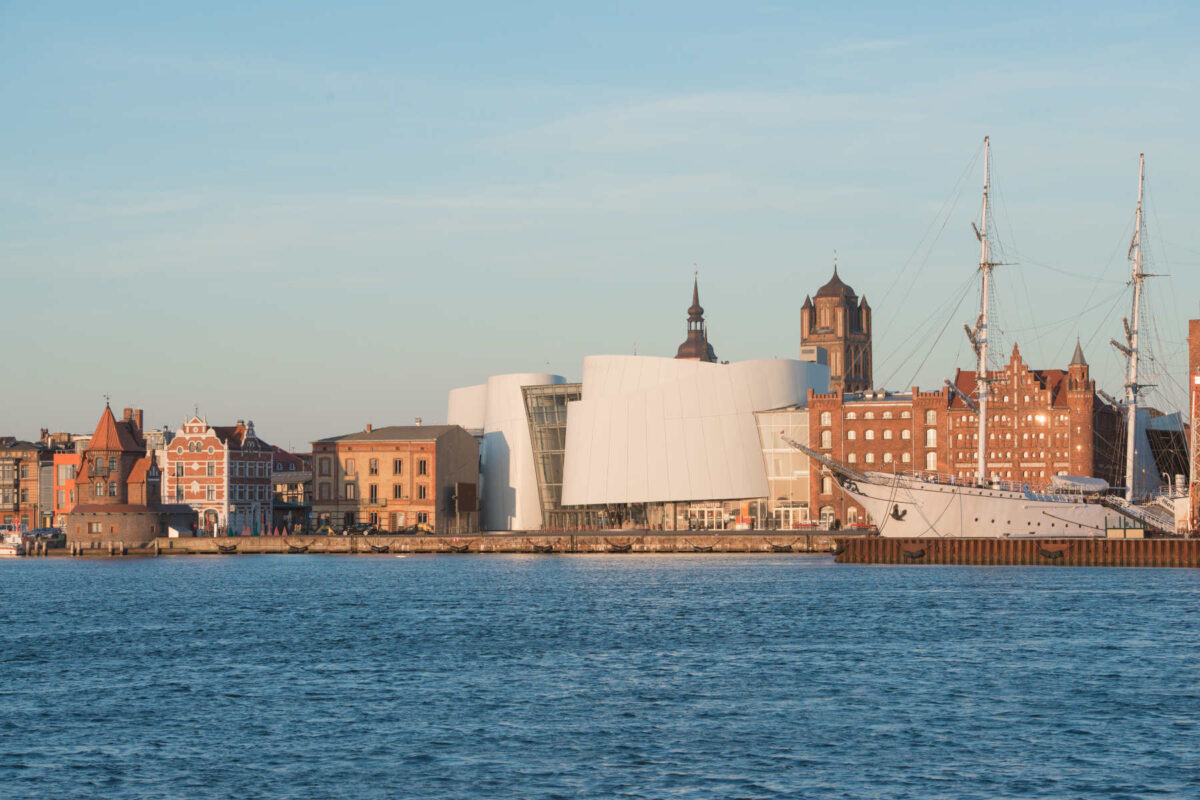OZEANEUM Stralsund – eine Liebeserklärung an die Meere
Abtauchen ganz ohne nass zu werden – das ist im OZEANEUM Stralsund möglich. Die abwechslungsreichen Erlebnisausstellungen und 50 Aquarien des OZEANEUMs, das sich auf der Stralsunder Hafeninsel befindet, entführen in die geheimnisvollen Lebensräume der Ost- und Nordsee sowie des Atlantiks. Im Großbecken „Offener Atlantik“, das 2,6 Millionen Liter Wasser fasst und sich über zwei Ebenen erstreckt, ziehen Makrelenschwärme, verschiedene Hai- und Rochenarten ihre Runden.
Weltweit einmalig ist die Ausstellung „1:1 Riesen der Meere“ mit Nachbildungen von Walen und anderen Giganten der Ozeane im Originalmaßstab. Ein weiteres Highlight sind die Humboldt-Pinguine auf der Dachterrasse des Museums, die gleichzeitig einen Panaromablick auf die Silhouette der UNSECO-Weltkulturerbe- und Hansestadt Stralsund bietet.
Aktuelle Informationen zu Öffnungszeiten und Eintrittspreisen finden Sie unter www.ozeaneum.de/oeffnungszeiten






Fotos: Johannes-Maria Schlorke, Susanne Kraus, Anke Neumeister und Martin Harms

